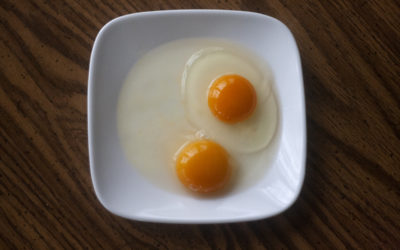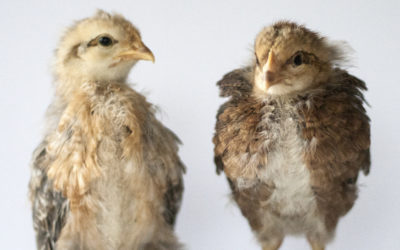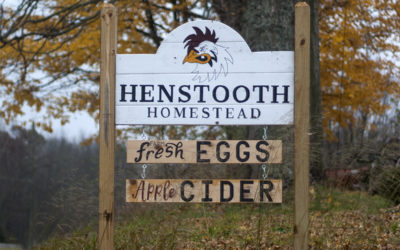Apple Orchard Thinning
year one spraying and thinningSomehow we always manage to pick the hottest days of the year to do major tasks. It never fails, as you can clearly see from our historical data.
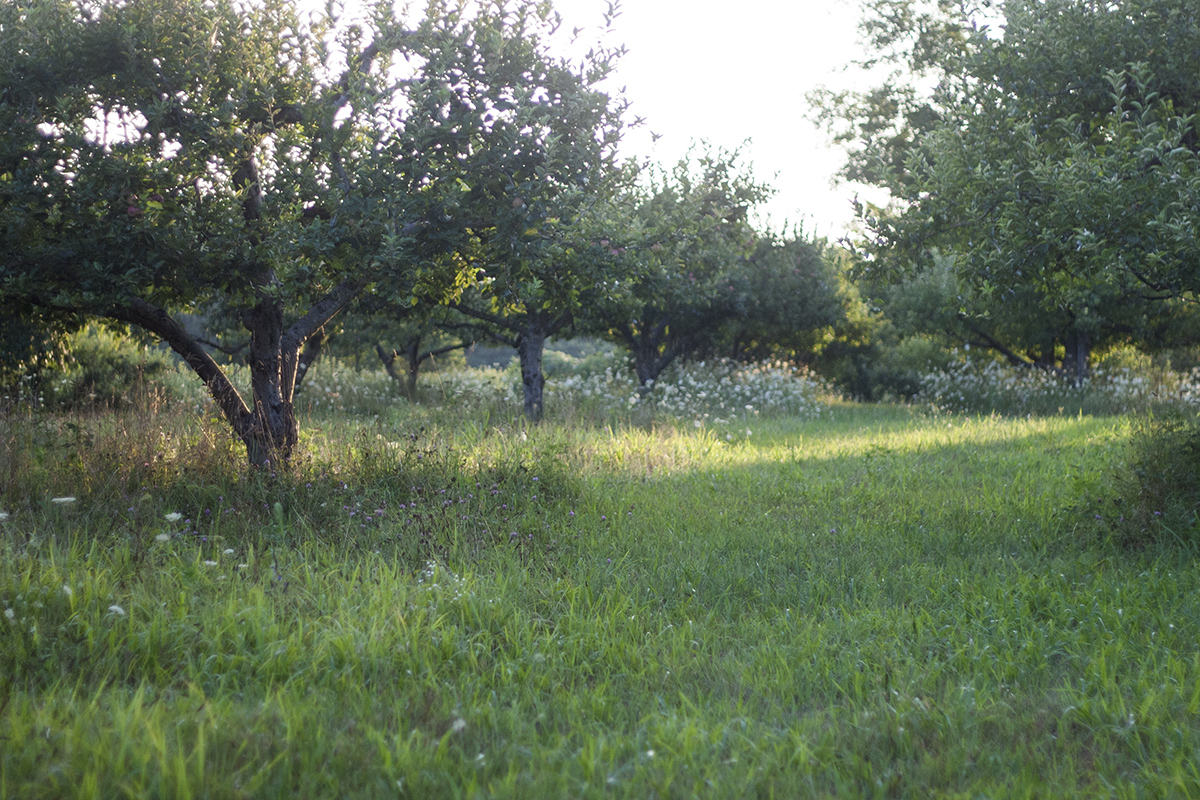
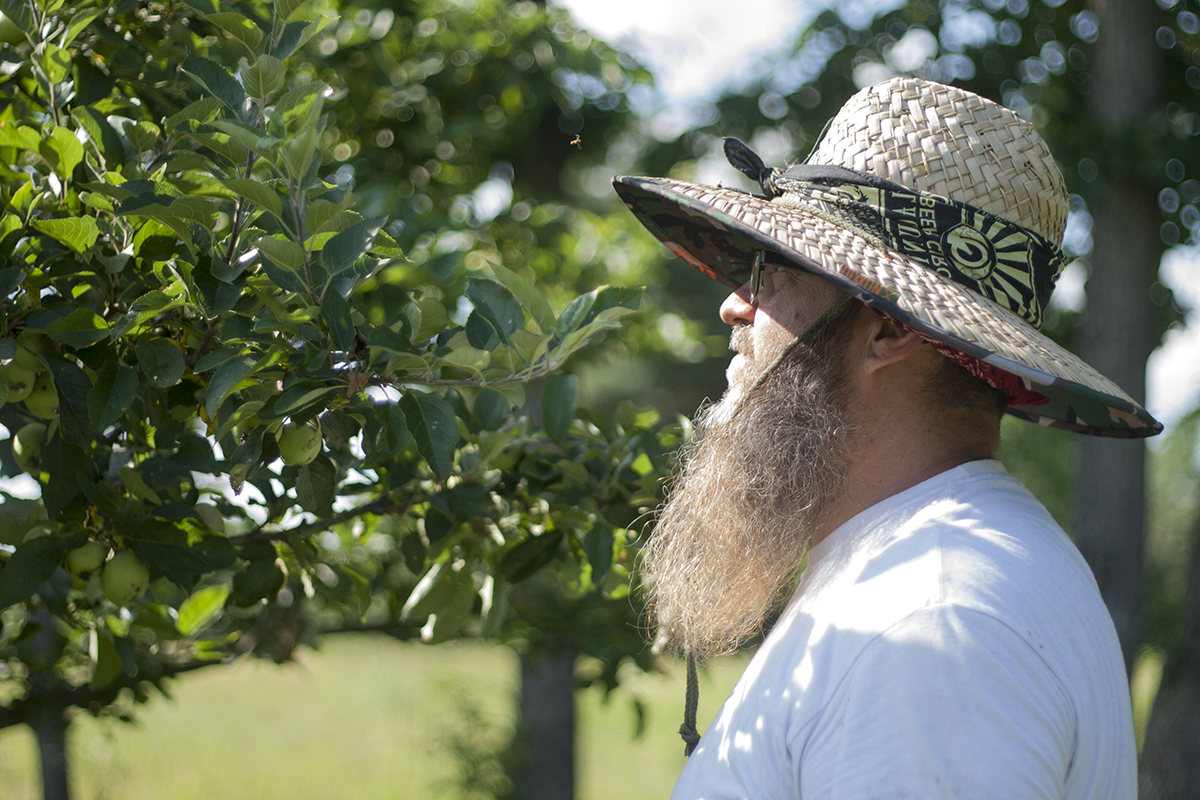
The last month we’ve been stuck between spraying and thinning the apple orchard in preparation for the real picking season to begin. And yes, we’ve indeed been spraying our apple trees, which I’m sure many of you will be shocked. These are the same people who think they’re truly buying free range eggs from mass producers at their local grocery store.
Ok, enough sarcasm for a brief moment to let you in on why we’re spraying. First of all, we are not licensed to spray anything that can’t be sold over the counter. So we’re not like those big massive farms buying chemical ridden seeds, to then plant and spray with synthetic fertilizers and more chemicals.
And for those that spray organic pesticides, we’ve read a couple studies that say the organic pesticide can be worse for you because of it’s necessity for continuous application. We spray one diluted pesticide called Malathion every 2-3 weeks.
You should also know that we have over 100 trees, not 10. Some organic practices are just flat out impractical at this scale.
Lastly, the orchard has been “abandoned” for over five years. To think we could walk in with an organic solution to revive it from the dead would have been foolish. It’s literally two people against millions of bugs, and we’re barely holding on as it is.
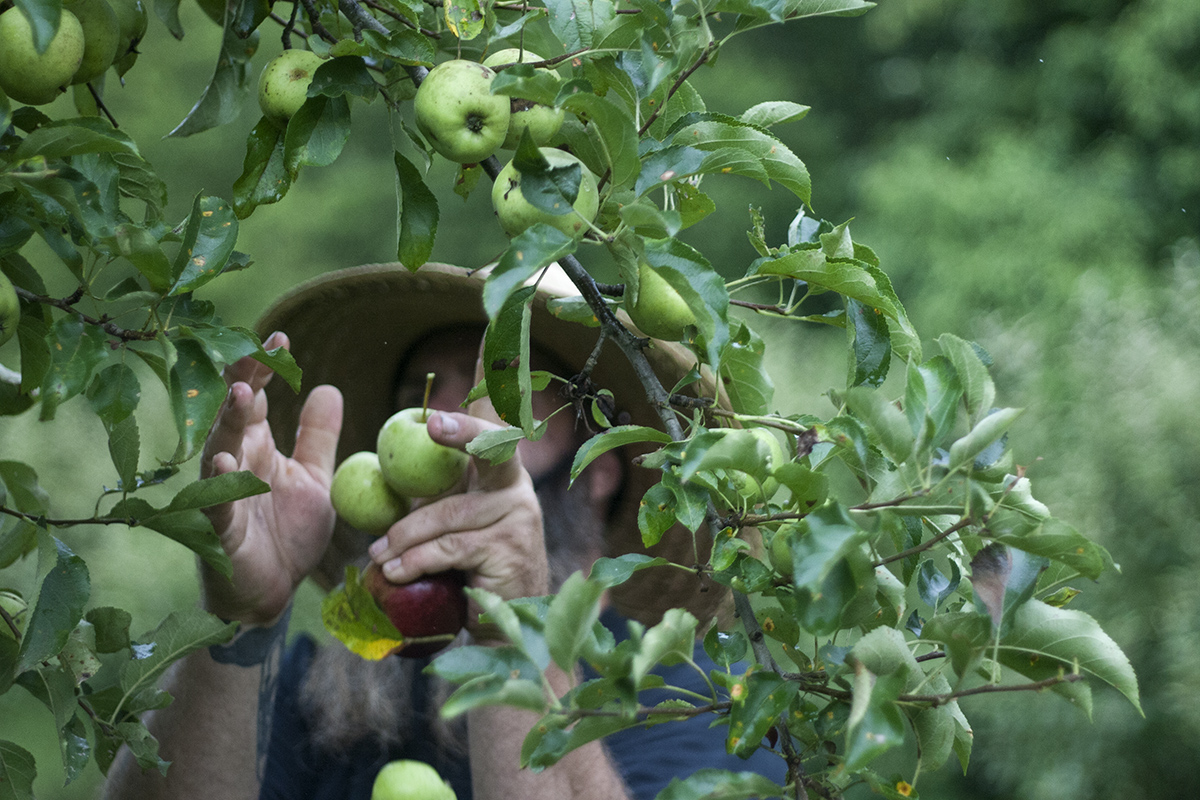
Now without sounding too harsh, we do plan to adapt more of an organic practice moving forward. This year, we flat out didn’t have the time to do it any other way. We admittedly took on more “new” projects than we should have (blueberries, bees, orchard and pigs).
And we’re learning! There is so much to absorb, that we felt continuing the orchard as it has been maintained in years past would help us better understand the orchard, the apple varieties, and the pests, so that as years continue we can improve our practice.

Which leads me to thinning. Did you know apple trees have something called the “June Drop”. They naturally shed their fruit in an effort to keep themselves from becoming biennial-bearing, and reduce the weight load on their branches. Sometimes the natural drop is not enough and the trees must then be, in our case, hand-thinned. Also note that most commercial orchards use an additional chemical to thin their trees. We take tarps and lay them beneath the tree to collect the apples as we remove smaller fruits and any that appear to be damaged by disease or insects. Thousands, and thousands of tiny apples.
Honestly it takes a minute to get use to the act, as some trees have beautiful apples and you pull them good, bad or ugly if you want a decent fall crop. It’s heartbreaking to pull perfectly shaped green little apples, after all the work we’ve done thus far. I secretly tell myself the more you pick now the less you’ll have to pick later – it’s motivation to battle the sun and deer flies.
Now that the thinning has been complete, the pigs are getting to enjoy a mixed treat of apples and molasses. And we’re able to take a break before the marathon of picking begins.
Recently Published
Water Glassing Egg Preservation
Looking to preserve your eggs for use thorughout the winter season? Water Glassing Eggs will keep your fresh eggs for up to 1 year!
Spring Chickens
The countdown to Spring is well underway for farmers, homesteaders and all those anticipating a new batch of chicks! If you’re new to raising baby chicks, most choose to purchase them in the Spring when temperatures begin to rise. This period makes brooding easiest...
A Letter To Our Homestead – 2018
Dear Homestead, Reflecting on 2018 is an arduous task. Our word of the year was coined early on as Mornicopia. It’s that weird place between mourning and coping -- you can read more about that here. In fact, I contemplated not writing our year end post, but it’s only...

